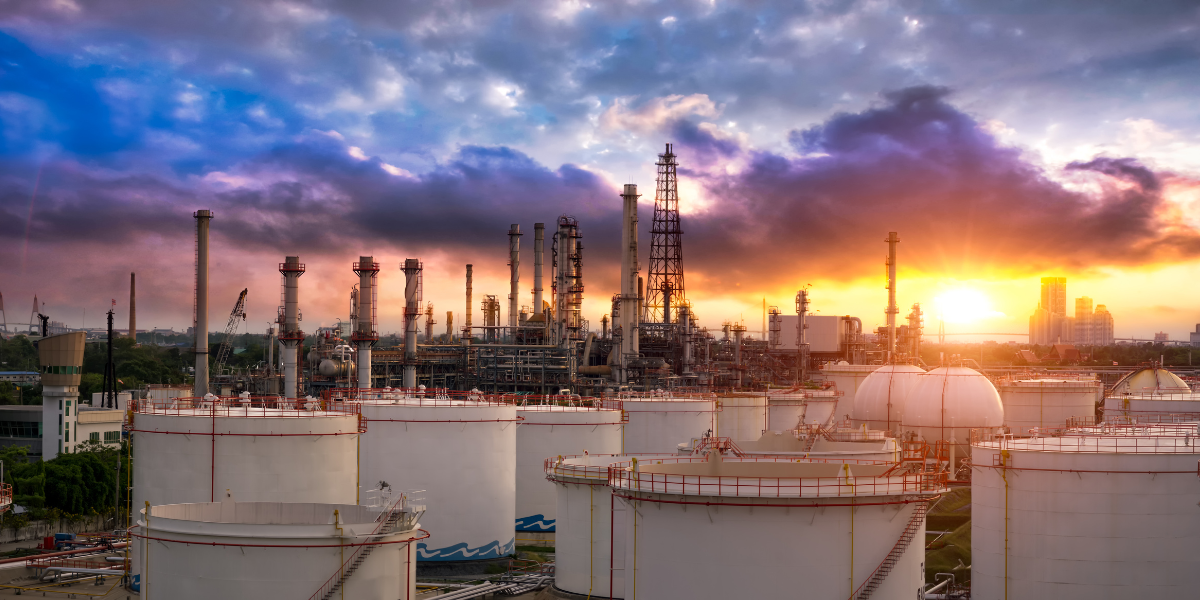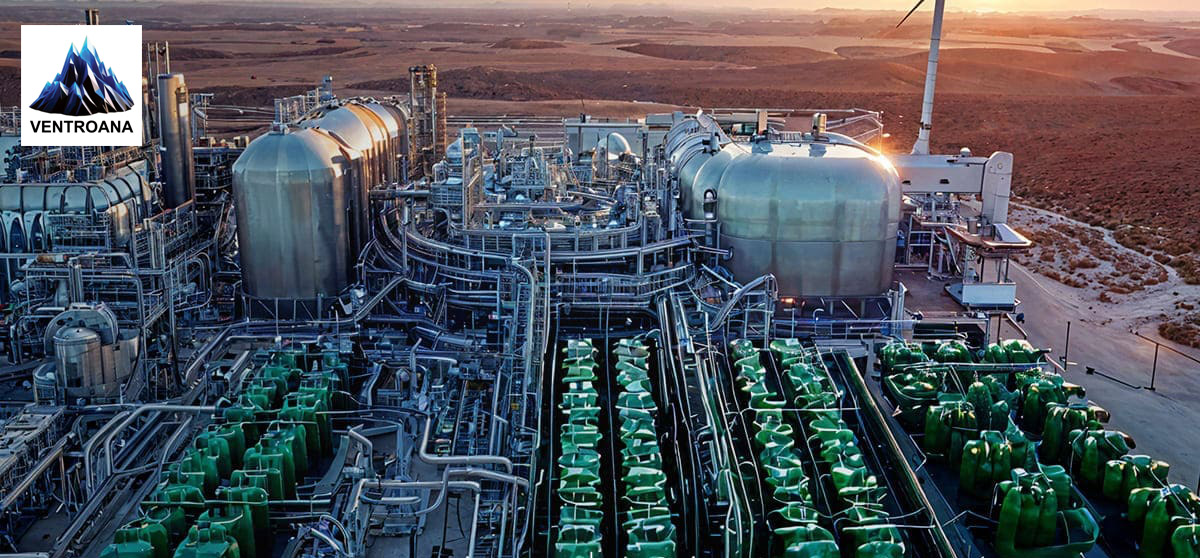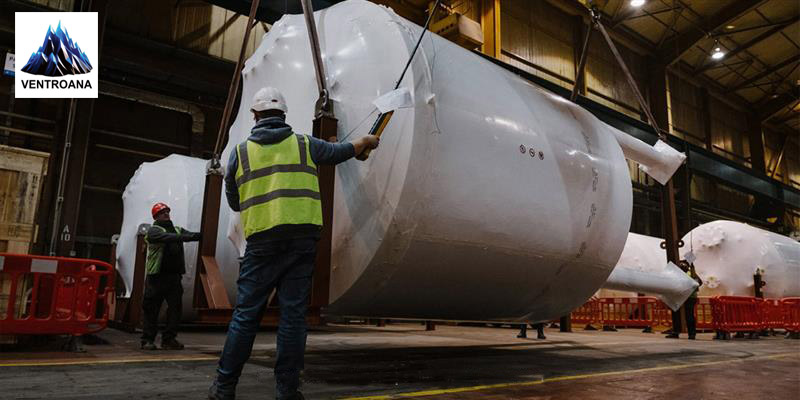Renewables
February 20, 2024

With an anticipated $5 trillion (about $15,000 per person in the US) in worldwide revenue as of 2022, the oil and gas industry is one of the largest in terms of dollar value globally. Oil significantly impacts every aspect of the global economic system, including transportation, heating, energy, industrial output, and manufacturing.
As the world’s leading fuel sources, oil and natural gas are significant players in the energy sector and impact the global economy. The oil and gas industry and distribution processes and systems are highly complicated, capital-intensive, and dependent on cutting-edge technology.
In this article, we will largely study the importance, production, divisions, and working of the oil and gas industry. So, stay tuned and read further for more details!
Because of the industry’s production method or upstream side, natural gas has historical links with oil. Natural gas has been a nuisance for a significant portion of the history of the business, and it is still flared in considerable amounts in several regions of the world, including the United States.
Because of the shale mentioned above gas development in the United States and natural gas’s lower greenhouse gas emissions when burned compared to oil and coal, natural gas has assumed a more significant part of the world’s energy supply.
One of the critical sectors of the American economy is the oil and gas industry. The United States is currently the world’s most significant natural gas and oil producer.
With such a large industry come many fascinating intricacies and various occupations that can be done. The oil and gas industry that runs them may be much more than you initially imagined!
Crude oil and natural gas, naturally occurring chemicals found in rock in the earth’s crust, are made of hydrocarbons. They are compressing plant and animal remnants in sedimentary rocks, including sandstone, limestone, and shale, which yield these organic raw materials.
Ancient oceans and other bodies of water left behind deposits that eventually formed sedimentary rock. The decomposing remains of plants and animals were incorporated into the forming rock deposits when sediment layers were on the ocean floor.
The organic material finally changes into oil and gas at specific temperatures and pressures deep under the earth’s crust.
Due to their lower density than water, oil and gas move through porous sedimentary rock towards the direction of the earth’s surface. An oil and gas industry is created when the hydrocarbons are trapped behind less permeable cap rock. These oil and gas reservoirs represent our sources of crude oil and natural gas.
Drilling into the reservoir and the cap rock brings hydrocarbons to the surface. It can build a successful oil or gas well, and the hydrocarbons can be pumped to the surface once the drill bit has reached the reservoir. The well is a dry hole and is usually capped and abandoned when drilling operations do not provide commercially acceptable quantities of hydrocarbons.
Upstream, midstream, and downstream are the three main divisions of the oil and gas industry.
Companies engaged in the production and exploration of oil and gas are considered upstream businesses. These companies scour the globe for raw material reservoirs before drilling to harvest those minerals. These businesses are frequently referred to as “E&P” for “exploration and production.”
Since it takes time to find and drill for oil, the upstream sector is characterized by high risks, high investment capital requirements, extended duration, and high technological intensity. Almost every line item on an E&P company’s cash flow and income statement is directly connected to oil and gas extraction.
E&P businesses typically don’t own drilling machinery or staff their drilling rigs. Instead, they contract out the drilling of wells to corporations, and these companies typically bill E&P companies based on the time they spend working for them.
Unlike E&P firms, drillers do not make money directly related to oil and gas production. A well’s production is maintained throughout time through various actions after it has been drilled.
These processes—collectively referred to as well servicing—include logging, cementing, casing, perforating, fracturing, and upkeep. Thus, oil drilling and the oil and gas industry constitute two distinct commercial operations within the oil and gas industry.
Businesses with a transportation-related focus are called midstream businesses. They are in charge of transporting the raw materials harvested to the refineries, which will process the oil and gas. Midstream businesses specialize in pipelines, trucks, shipping, and raw material storage.
High regulation, particularly regarding pipeline transmission, and low capital risk are further characteristics of the midstream sector. Naturally, the segment is also reliant on the performance of upstream businesses.
The refineries and gas stations are downstream companies. Refineries are the businesses in charge of cleaning up oil and gas before turning it into goods for the general public like gasoline, jet fuel, heating oil, and asphalt. The place where customers refuel at the pump is the gas station.
Fuel and gasoline comprise most of the oil and gas industry‘s output (petrol). Pharmaceuticals, fertilizers, solvents, and plastics are just a few chemical products that use petroleum as their primary raw material. As the backbone of many nations’ economies, petroleum is crucial to many businesses and is consequently essential to numerous industries.
E&P firms use barrels to gauge oil production. The standard abbreviation for a barrel is bbl, which stands for 42 US gallons. Bbl. Per day or bbl. Per quarter are standard units used by businesses to describe the production.
Using a prefix of “M” to denote 1,000 and a prefix of “MM” to denote 1 million is a standard practice in the oil and gas industry. As a result, 1,000 barrels frequently represent Mbbl and a million as MMbbl. For instance, produce 7,000 barrels of oil per day when an E&P company declares production of seven Mbbl per day.
Production of natural gas is measured in cubic feet. Similar to how we refer to oil, Mmcf stands for one million cubic feet of gas. Tcf stands for one trillion cubic feet, while Bcf stands for one billion cubic feet.
Although not sized in cubic feet, natural gas futures trade on the CME Group futures exchange. Instead, the basis for the futures contract is 1 million British thermal units, or MMBtu, which is roughly comparable to 970 cubic feet of gas.
Natural gas production is measured in cubic feet. Mmcf stands for one million cubic feet of gas, much like we say for oil. Tcf and Bcf are the abbreviations for trillion and billion cubic feet, respectively.
Natural gas futures are traded on the CME Group futures exchange, despite not being measured in cubic feet. Instead, 1 million British thermal units, or MMBtu, roughly equivalent to 970 cubic feet of gas, serve as the futures market’s foundation.
An integrated oil business participates in two or more phases of the oil production process (e.g., both upstream and downstream). Today, many of the world’s biggest and most powerful oil businesses are integrated oil & and gas firms with distinct divisions for each stage. Being an integrated business enables total management and increased productivity.
It also offers diversification and multiple revenue streams. However, entrance barriers for new competitors are pretty high because of the extremely high capital expenditures associated with oil exploration and refining in the oil and gas industry.
The world’s top net producer of crude oil as of 2022 is the United States, followed by Saudi Arabia, Russia, Canada, and China.
Reserves are underground natural gas or crude oil resources that have not been trapped. The terms “proved,” “probable,” and “possible” are the three “P” s of reserves. These are consistent with how likely drilling will be successful in those deposits.
The oil and gas sector estimates it will produce proven reserves with 90% confidence (also known as P90). According to the industry, probable reserves will produce 50% (P50), whereas the likelihood will generate potential reserves of only 10% (P10).
Utilizing sensitive electronic noises known as sniffers, they can detect the smell of hydrocarbons. They also utilize seismology, which involves producing shock waves that travel through underground rock layers and analyzing the waves that reflect the surface.
One of the top manufacturers of cementing products worldwide, Ventro Analytics offers complete lines of cementing tools and accessories for offshore and onshore operations. We are the best oil and gas industry, supplying nearly every region of the world with the quickest and most affordable cement products. You can directly contact us via phone call or email as well.
So, call us on 1 888 7747632 or write to us with your queries at sales@ventroana.com for more information.
Tags:

Successful Implementation of Green Hydrogen in Power Plants
Discover how green hydrogen revolutionizes power plants with sustainable energy solutions, reducing ...

Driving Innovation and Resilience: Insights from the 10th Annual Energy Supply C...
Gain insights on driving innovation and resilience at the 10th Energy Supply Chain & Procurement Sum...

Understanding EPC Engineering: Key Concepts Explained
Discover the essentials of EPC Engineering, covering contracts, project phases, and roles of EPC con...